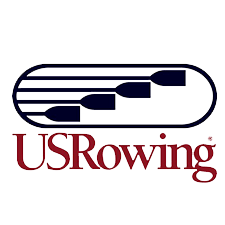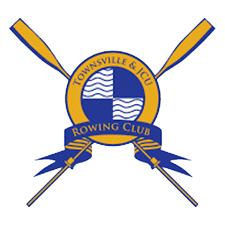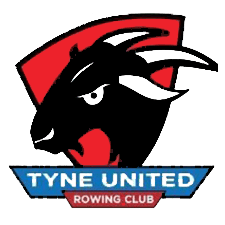How to avoid rowing boat crashes (and deal with them) Part 2
Part 2 Rowing Accidents do happen – what do you do then?…
Being ready for collisions is just as important as avoiding them. Your club, crew and yourself should check that rowers understand the basics of water safety, such as being able to swim and capsize recovery.
Core elements of recovering from a collision:
- know how to swim – swimming is arguably the most vital skill in rowing. Rowing is a water sport and if you don’t know how to swim you’re setting yourself up for a drowning accident. Every club should conduct swimming checks to make sure their rowers are safe to be going out into deep water.
- have a flotation device on board at all times – to some clubs and communities like USROWING it’s mandatory for a rowing boat to have a flotation device on board. These are often inflatable objects which provide buoyancy to a crew and make it easier for rescue teams to see them.
- capsize recovery – this is something that could easily be practiced regularly at a club. It’s simple for clubs to provide a regular course (possibly mandatory) training rowers in the art of recovering from a capsize. Some collisions aren’t too bad and can be dealt with in this way. Being inside the boat is better than outside it in the cold water, even if the boat can no longer move.
- stay with the boat! – often rowers think they can abandon their boat and swim to shore. However, currents can pull swimmers away from shore and individual swimmers are harder to see compared to an entire boat. Staying with your rowing boat is often the best option.
- be visible – if you don’t have a rowing boat light, get one. Even if it’s broad daylight a flashing light can get people’s attention to help pull you ashore. Many lights for rowing boats are fixed, however removable lights work best in these situations so you can move the light around to attract attention. This also saves you from screaming and flailing your arms about as well, which helps you conserve precious energy. In any case, boat lights should be mandatory when rowing at dawn or dusk (in the dark).
- check for injuries – when everyone is afloat and accounted for after a crash, it’s time to make sure they’re all okay. Check each rower for injuries so you know who needs the most urgent attention.
- save people before the boat – lives are more important than boats, simple as that. If the boat is sinking or is too heavy for a rescue helicopter to save then it’s time to leave it behind.
These points all cover the basics for dealing with collisions on the water when you’re rowing, so if you follow them you’ll have the basic tools you need to survive. However, it’s also best to make sure your club has a rulebook available for all rowers specific to your club and rowing area. Each body of water is different and each club runs in a different climate so there are more specific rules to be aware of.
For examples or water safety rowing manuals see:
Best of luck in your rowing safety. Stay afloat!




















